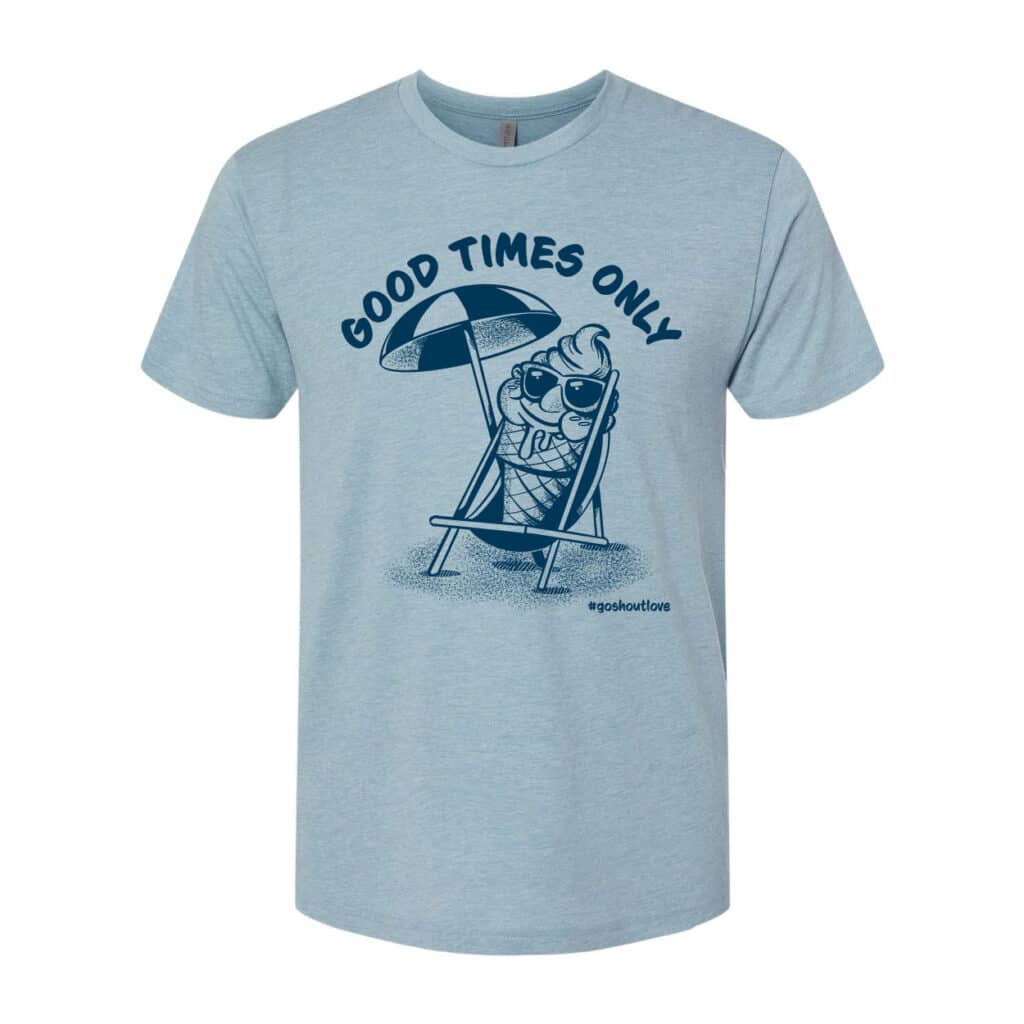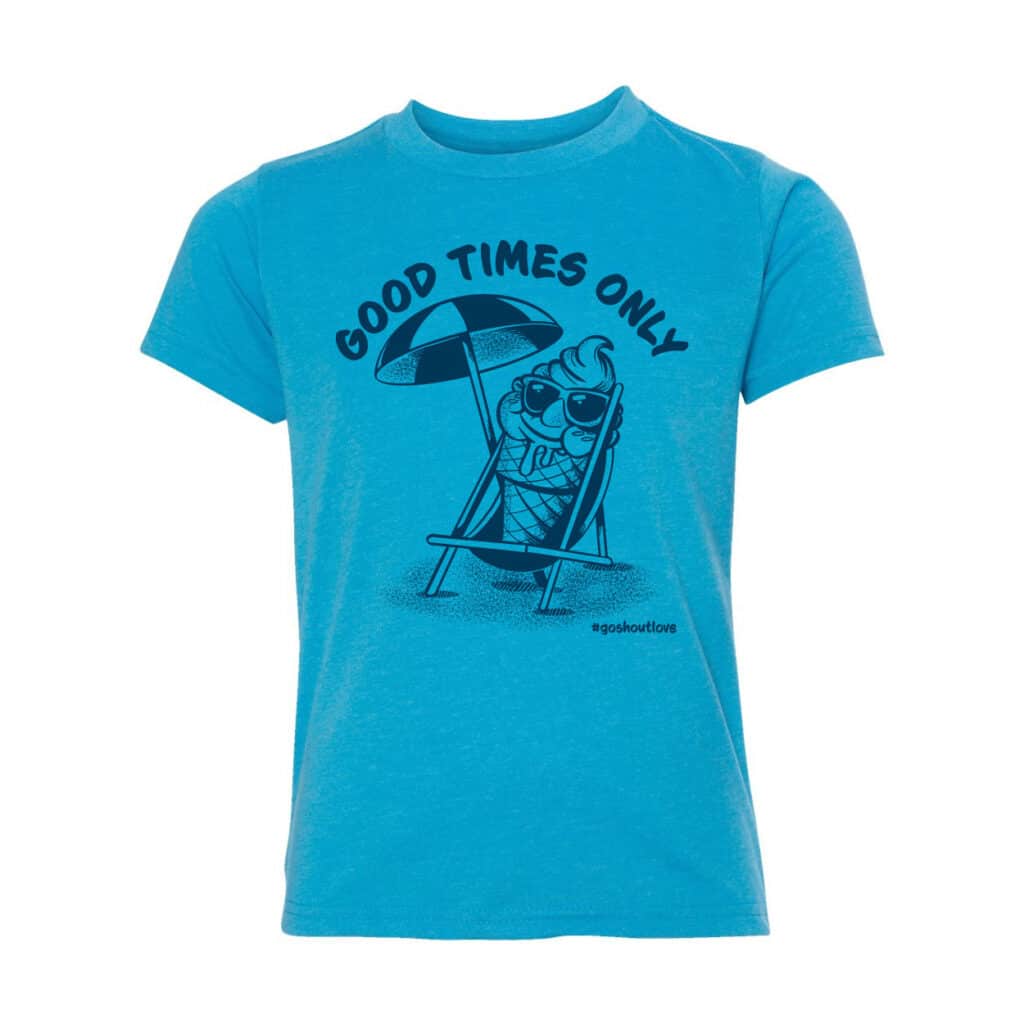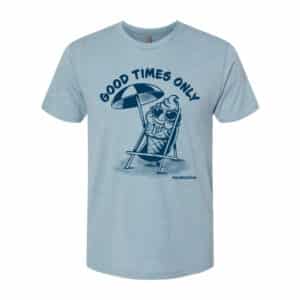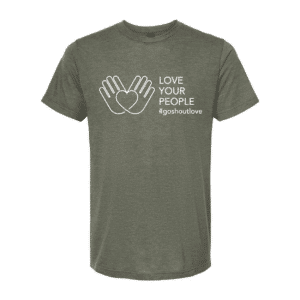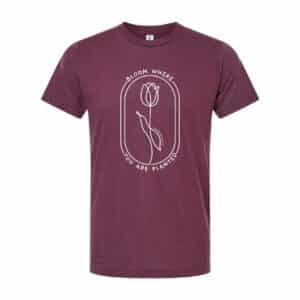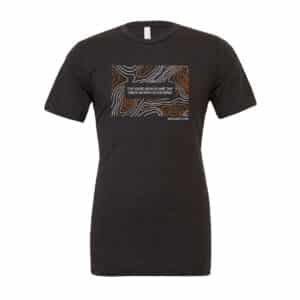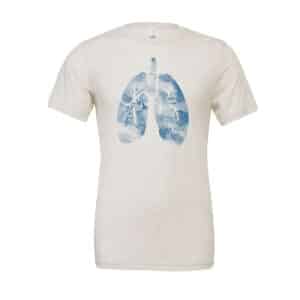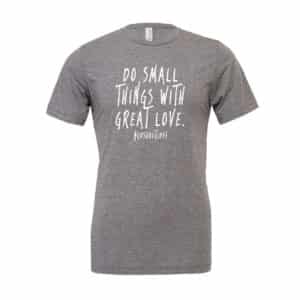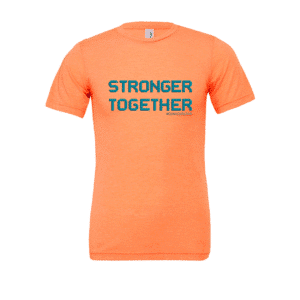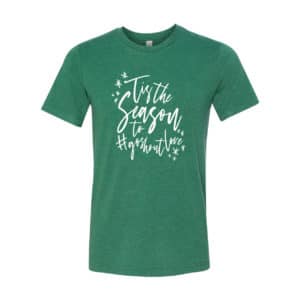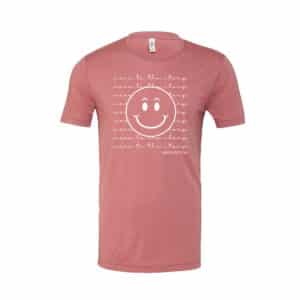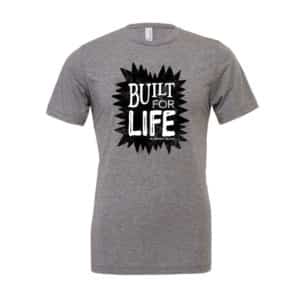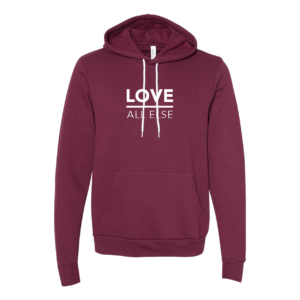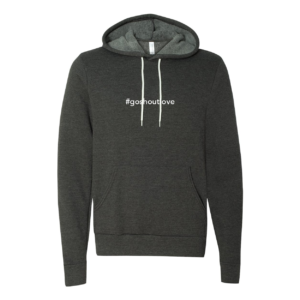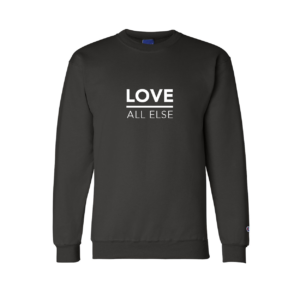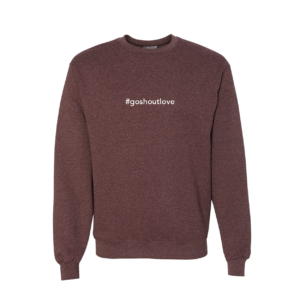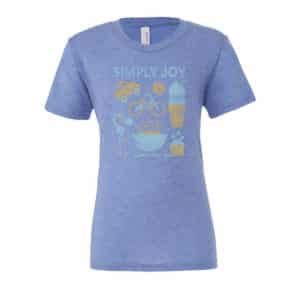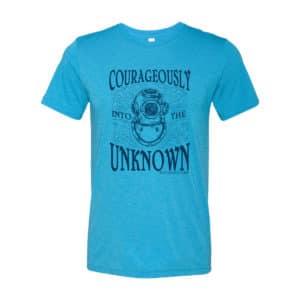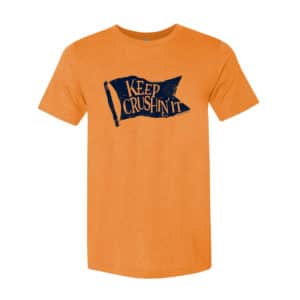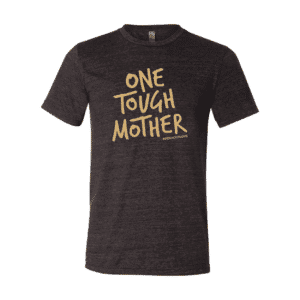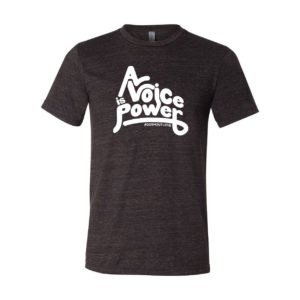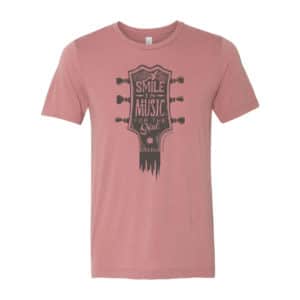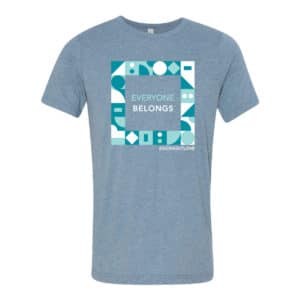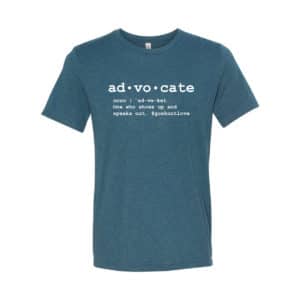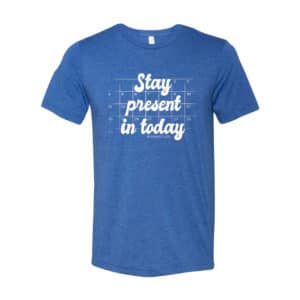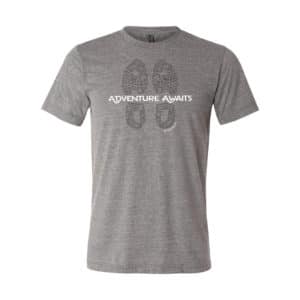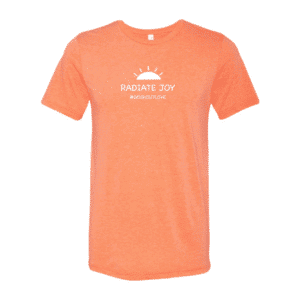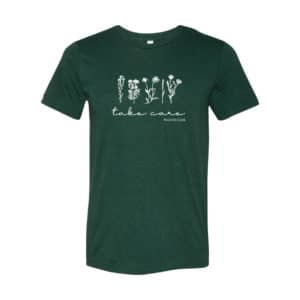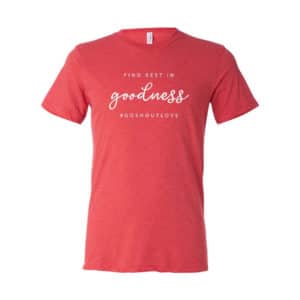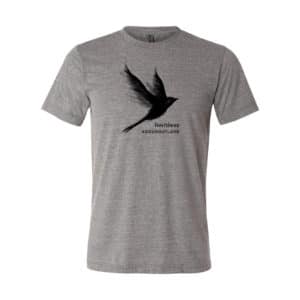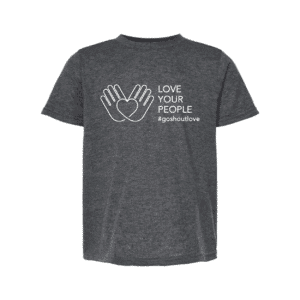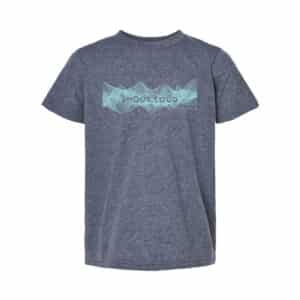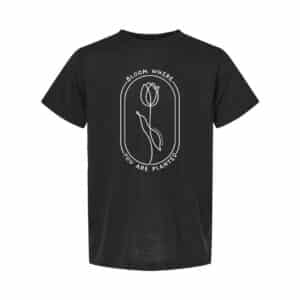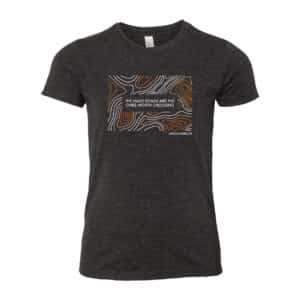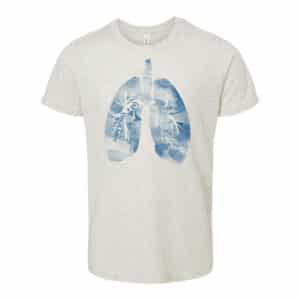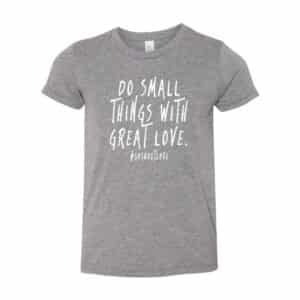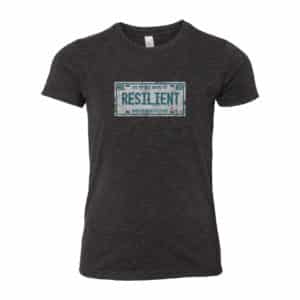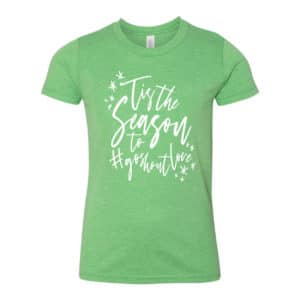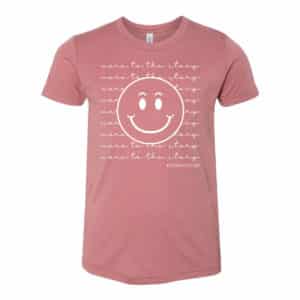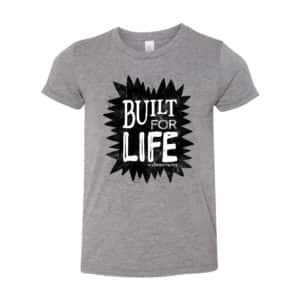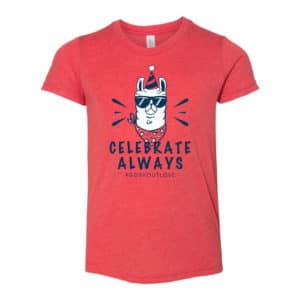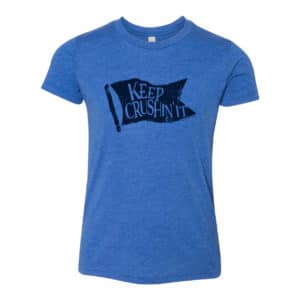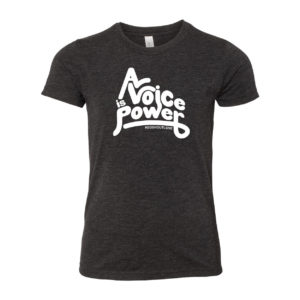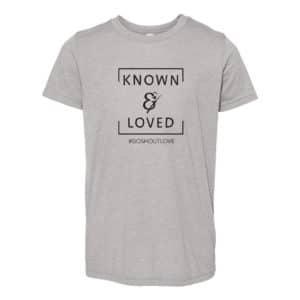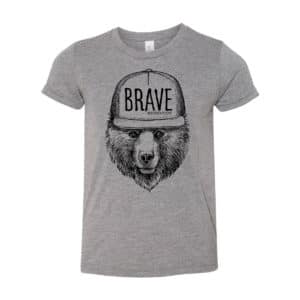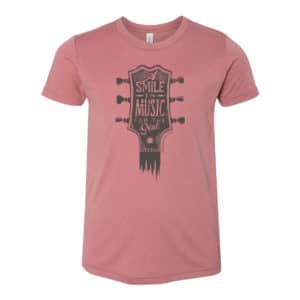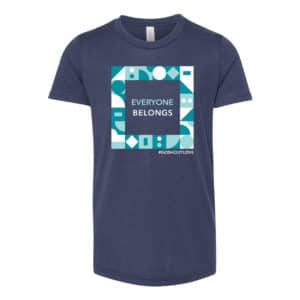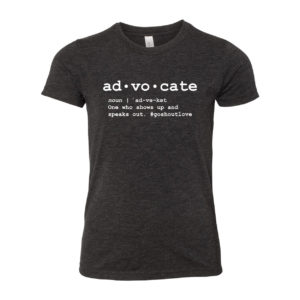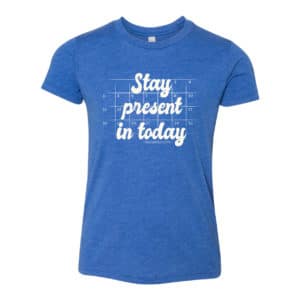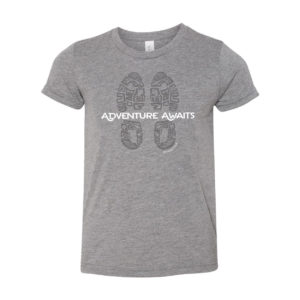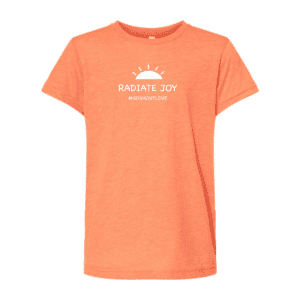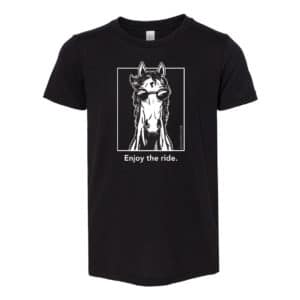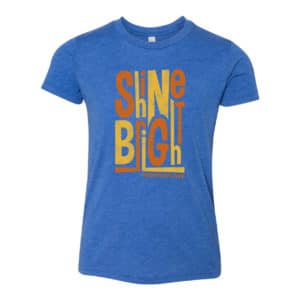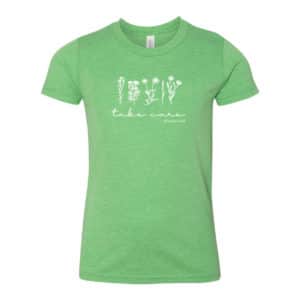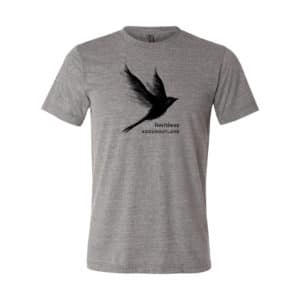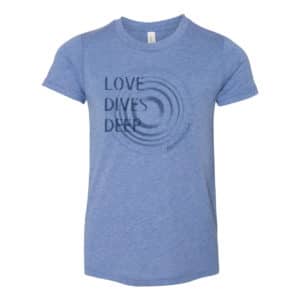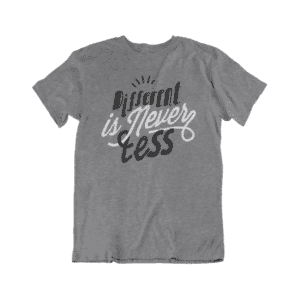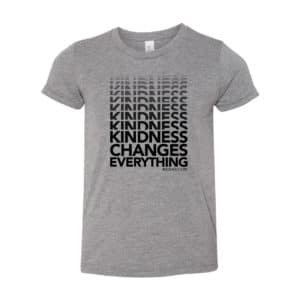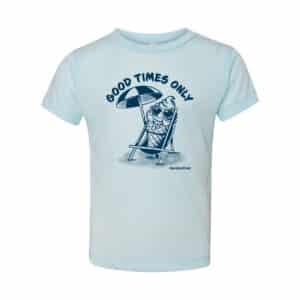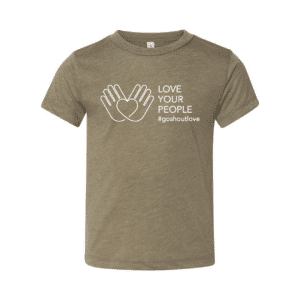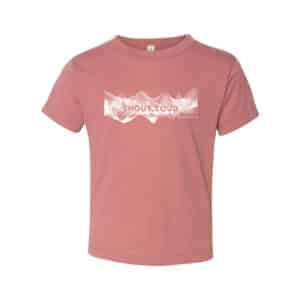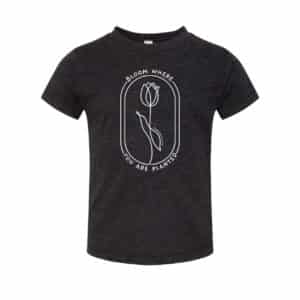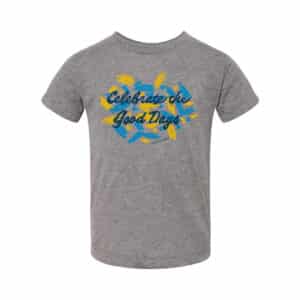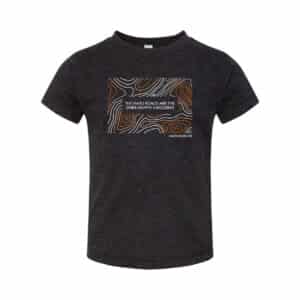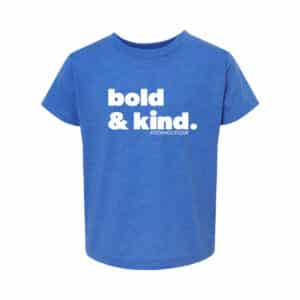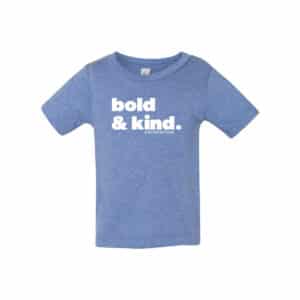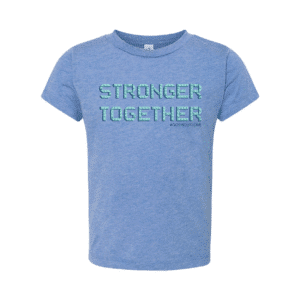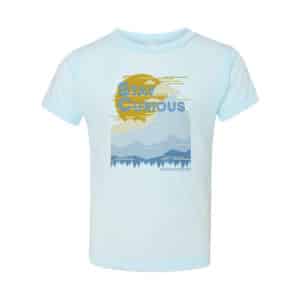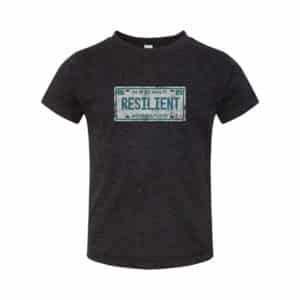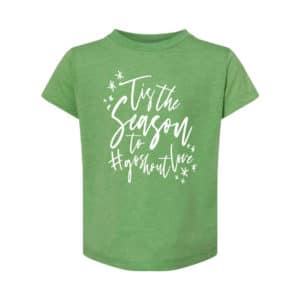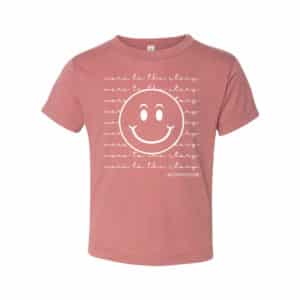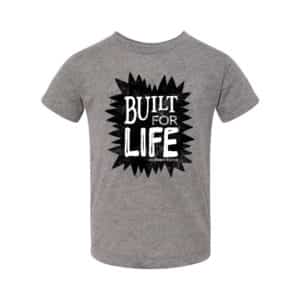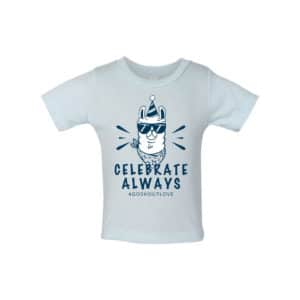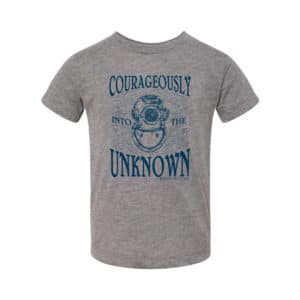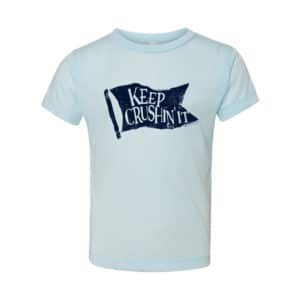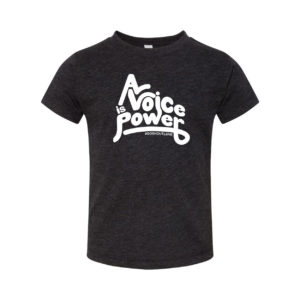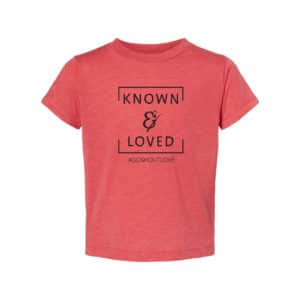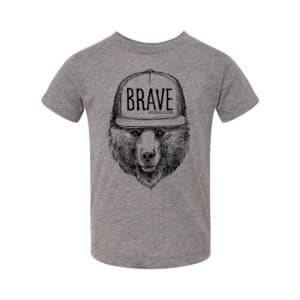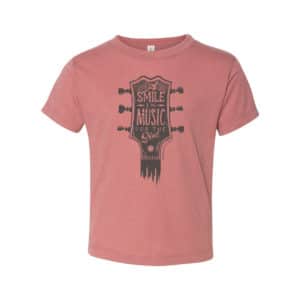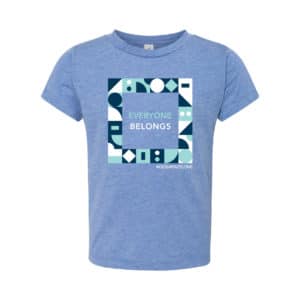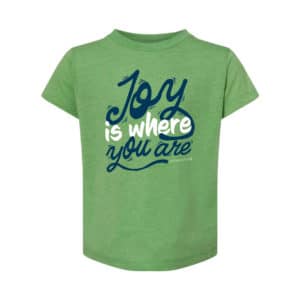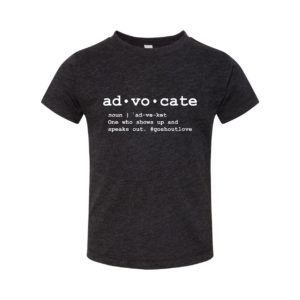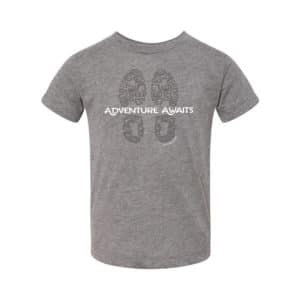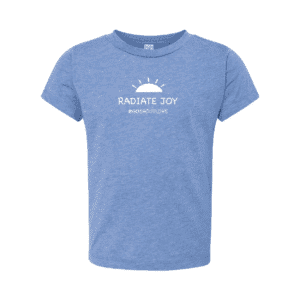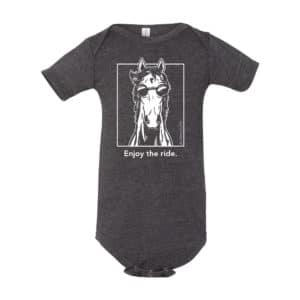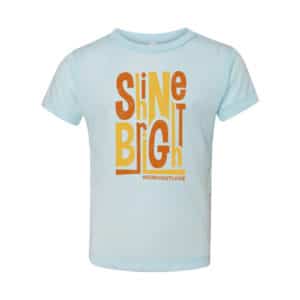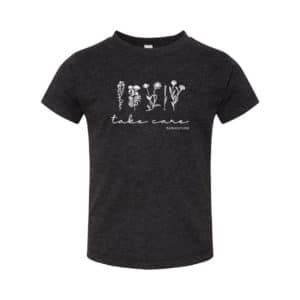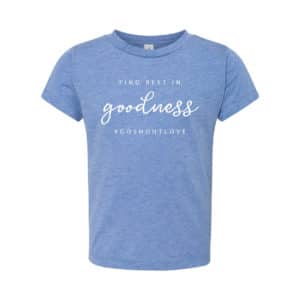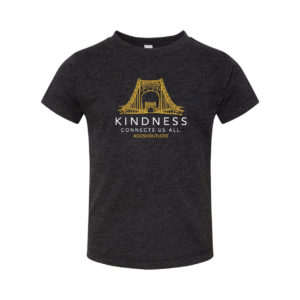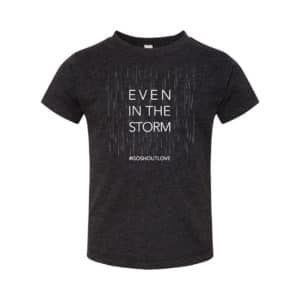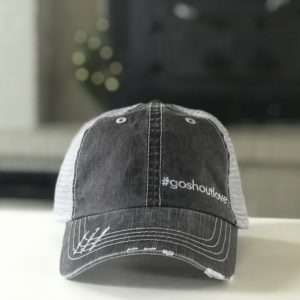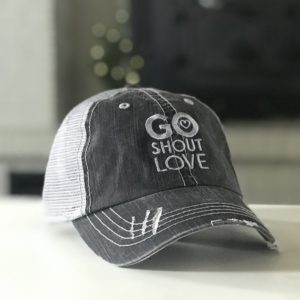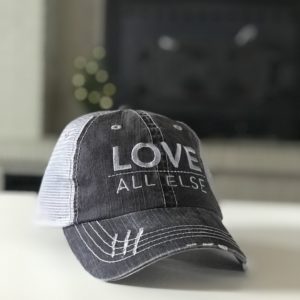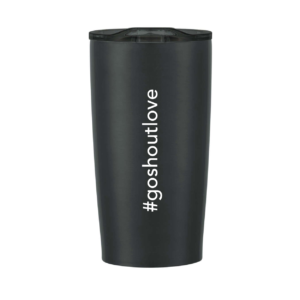Meet Arlee & Abel
This month’s “Together is the Best Adventure” design is inspired by Arlee and Abel, amazing siblings at different stages of a shared rare medical journey.
Every purchase in April will go to help Arlee and Abel’s family save up for a more reliable vehicle to make their drives for appointments and clinical trials safer, more comfortable, and eventually be able to convert to wheelchair accessible when needed.
We invite you to watch their video, read their story, and subscribe to our podcast to listen to a conversation with their mom & dad.
In the serene landscape of Gregory, Michigan, nestled by the tranquil embrace of a lake, resides the Lange family – Becca, Myles, and their three wonderful children, Arlee, Annie, and Abel. Their life, like any other, is filled with moments of joy, laughter, and love. Yet, their journey is also marked by resilience, strength, and the unyielding bond that holds them together, especially in the face of challenges posed by a rare condition called Friedreich’s Ataxia.
Arlee, the oldest at seven, embodies independence and uniqueness. She finds solace in the rhythm of music and the joy of dancing. Annie, at five, exudes warmth and compassion, her caring nature touching everyone around her. Abel, the youngest at three, is a bundle of energy and laughter, bringing spunk and humor to their home.
The Lange family cherishes their time outdoors, reveling in the beauty of nature that surrounds them. Whether it’s playing on the beach, sledding down snowy slopes, or simply basking in the sunlight, they find immense joy in each moment spent together.
Their medical journey took an unexpected turn when Arlee and Abel were both diagnosed with Friedreich’s Ataxia. It began with Arlee showing signs at the age of two and a half – struggling with coordination, tripping frequently, and growing tired easily. Despite physical therapy and medical consultations, a definitive diagnosis remained elusive for years, casting a shadow of uncertainty over the family.
After a painstaking search for answers spanning three years, the Langes finally received confirmation of Friedreich’s Ataxia. This rare genetic condition affects approximately 1 in 40,000 people in the United States. Friedreich’s Ataxia primarily affects the nervous system, causing movement problems such as impaired muscle coordination (ataxia) that worsen over time. Individuals with this condition may also experience muscle weakness, stiffness, impaired speech, hearing, and vision, as well as heart complications such as hypertrophic cardiomyopathy. Symptoms typically appear between the ages of 5 and 15, though there are atypical forms that may manifest later in life.
Abel is not currently showing signs of being affected by the disease, while Arlee utilizes assistive devices such as AFO (Ankle-Foot Orthoses), a walker as needed, and has a wheelchair for mobility. The family receives care from Cincinnati’s Children Hospital, University of Michigan. They participate in clinical trials in Philadelphia undertaking the frequent journey across many states to ensure their children receive the treatment they need.
Navigating the complexities of the diagnosis has been a rollercoaster of emotions for the Lange family. “The progressive part of the diagnosis is hard. We are constantly in the state of watching for what is going to happen next,” shares Becca, Arlee and Abel’s mother. “There never seems to be a sense of calm or peace because we know it’s not going to stay this way forever. If we’re in a good place, we have to focus on enjoying what we have and not what might happen.”
Despite the challenges, the Langes draw strength from each other and their unwavering faith. They have embarked on a clinical trial in the hopes of slowing the progression of the disease, clinging to the promise of hope it brings.
Through it all, the Lange family has learned invaluable lessons about resilience, gratitude, and the beauty of living in the moment. Every laugh shared, every embrace exchanged, and every act of kindness witnessed serves as a poignant reminder of the resilience of the human spirit.
As they navigate this uncharted territory, Becca and Myles find solace in the simple joys of life – in the laughter of their children, their faith, and in the unwavering bond that holds them together. For in the face of adversity, they have discovered that love, hope, and the strength of family are the beacons that illuminate their path forward.
The journey of the Lange family is a testament to the power of love, resilience, and the unwavering spirit that resides within each of us. And as they continue to walk this path together, hand in hand, they do so with courage, grace, and an unwavering belief in the light that shines brightly amidst the darkness.
Time to get loud shouters!
Throughout the month of April we will be shouting loud for Arlee and Abel!
So click here to shop now where every purchase in April will go to help Arlee and Abel’s family save up for a more reliable vehicle to make their drives for appointments and clinical trials safer, more comfortable, and eventually be able to convert to wheelchair accessible when needed.
To help support kids like Arlee & Abel every month, click here to start a monthly subscription.





